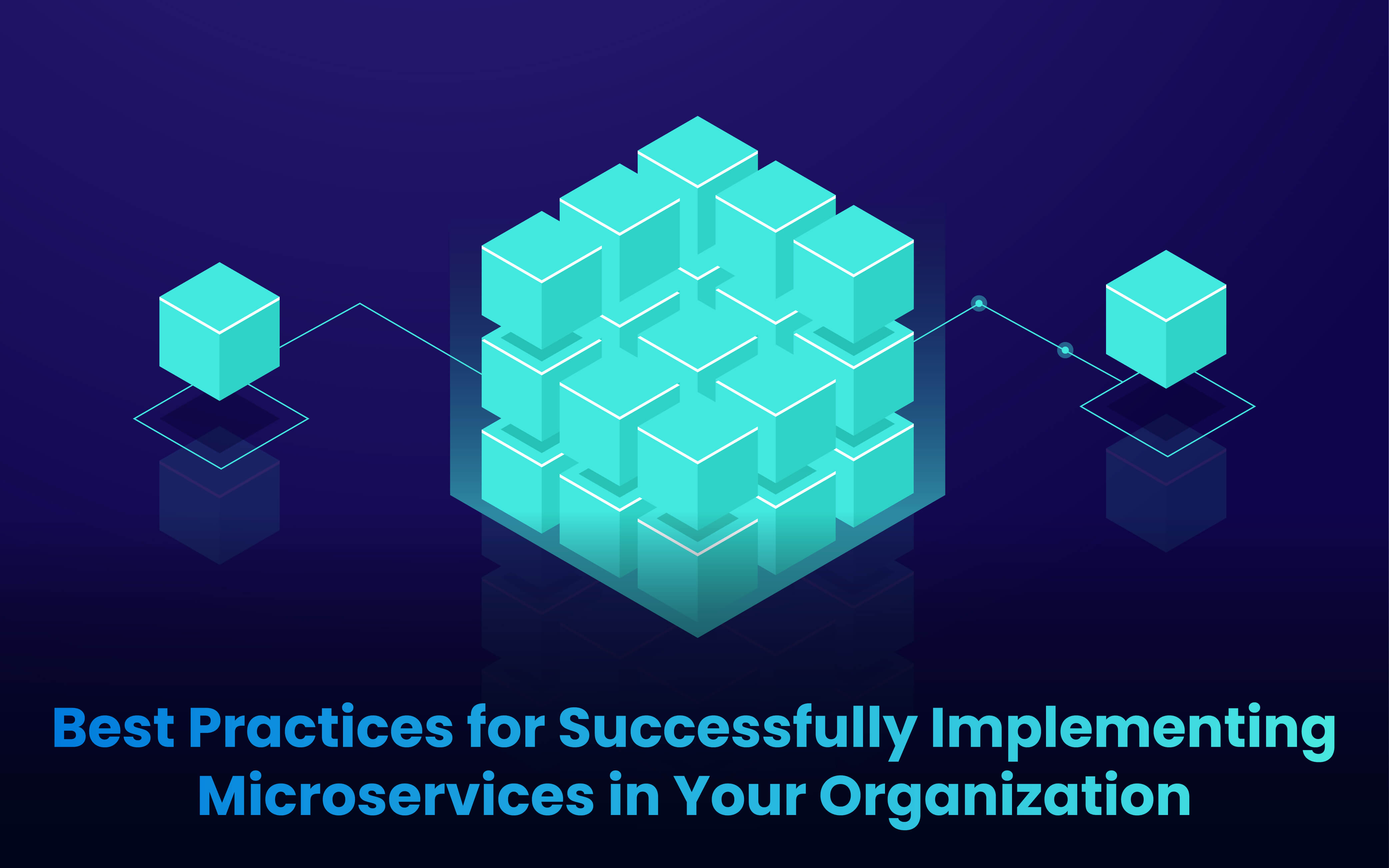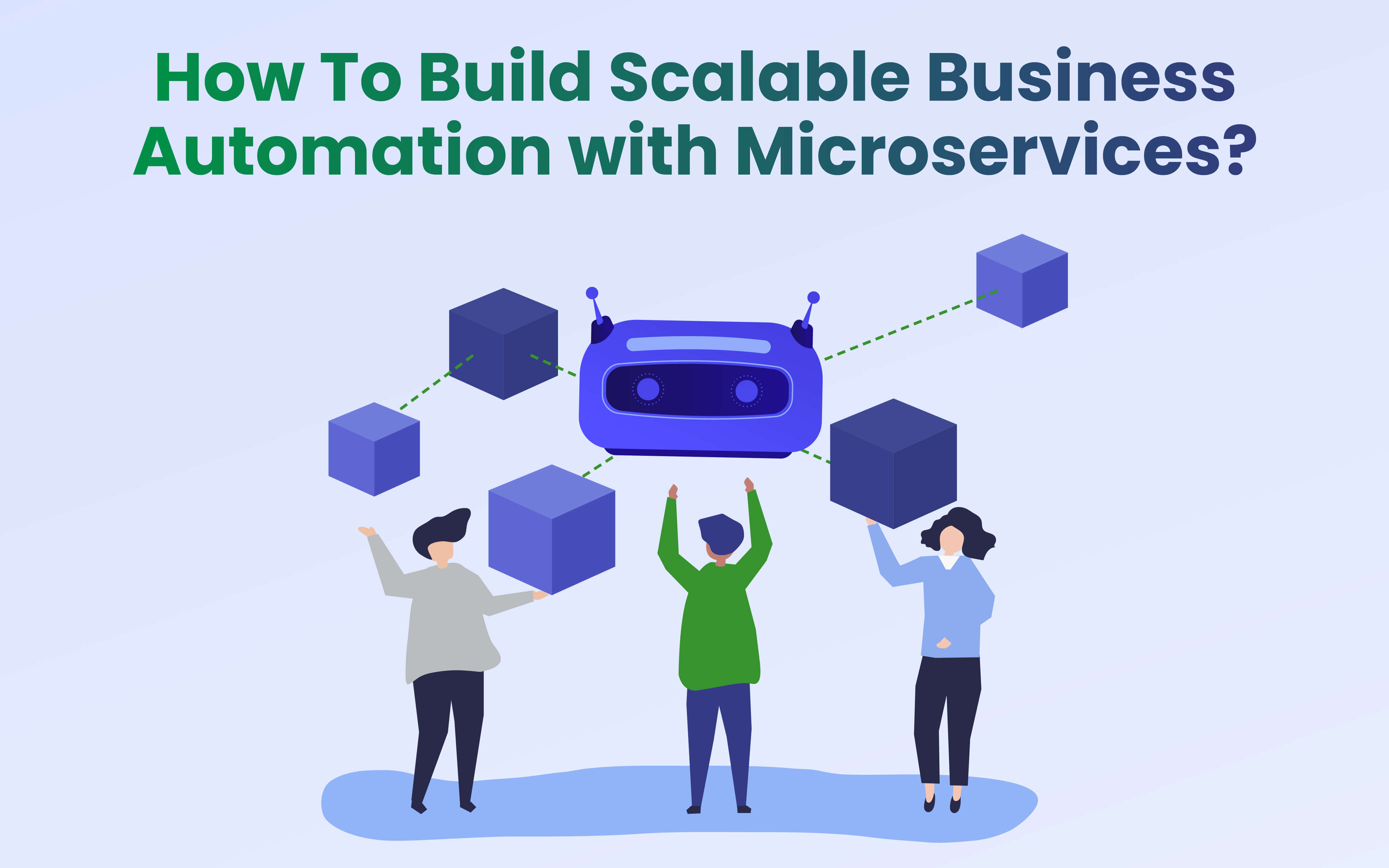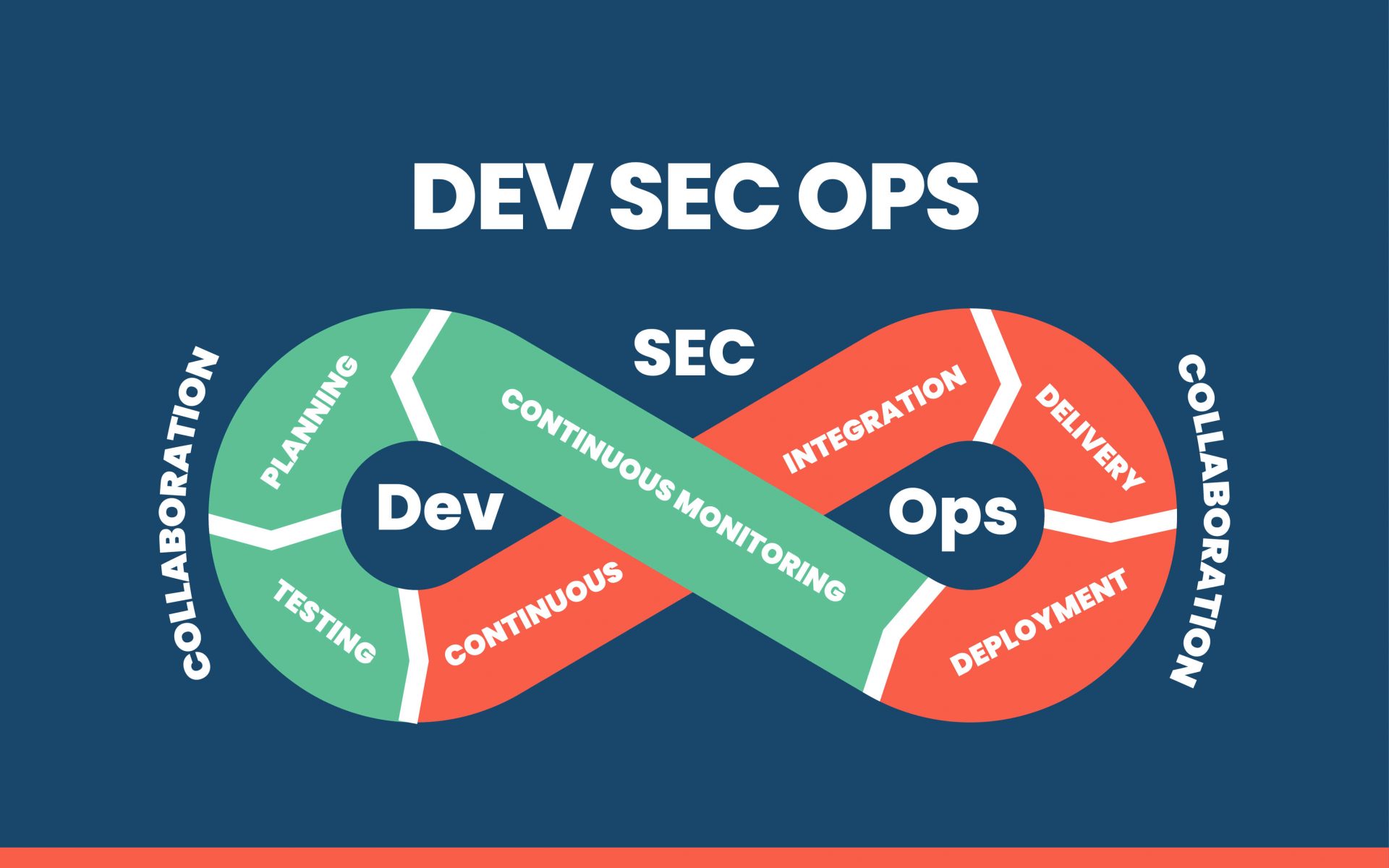Blogs
To know about all things Digitisation and Innovation read our blogs here.
Microservices
Best Practices for Successfully Implementing Microservices in Your Organization
SID Global Solutions
23 May 2023

Introduction
Microservices architecture has gained significant popularity in recent years due to its ability to address the challenges posed by monolithic systems. In this guide, we will explore the best practices for successfully implementing microservices in your organization, the benefits of microservices adoption, the challenges to overcome, and how to navigate the implementation process effectively.
Planning and Preparation
- Assessing Organizational Readiness: Before diving into microservices implementation, it’s crucial to assess your organization’s readiness. Evaluate your existing infrastructure and technology stack to ensure compatibility with microservices. Analyze the skills and expertise of your development teams to identify any gaps that may need to be addressed. Furthermore, align microservices adoption with your business goals and objectives to ensure a strategic fit.
- Defining a Clear Microservices Strategy: To set a solid foundation, establish a clear microservices strategy. Define a vision and roadmap for the implementation, outlining the steps required to achieve your goals. Set realistic goals and milestones to track progress effectively. Align microservices with your business needs, ensuring that the architecture supports the scalability, flexibility, and agility required to meet your organization’s objectives.
- Creating a Governance Framework: Establishing a governance framework is essential to maintain control and consistency in a microservices environment. Define ownership and accountability for each microservice to ensure clear responsibilities. Establish standards and guidelines for development, deployment, and communication. Implement effective channels for communication and collaboration, such as regular team meetings, documentation repositories, and knowledge-sharing platforms.
Design and Architecture
- Domain-Driven Design (DDD): Domain-Driven Design provides a strategic approach to designing microservices. Identify bounded contexts and aggregates within your domain, defining the boundaries of each microservice. Model entities and value objects specific to each microservice, ensuring that they encapsulate the necessary business logic and data.
- Decentralized Data Management: One of the challenges in a microservices architecture is managing data across distributed services. Choose the right data storage approach based on the requirements of each microservice. Implement data replication and synchronization mechanisms to ensure consistency across services. Pay attention to data integrity and design data schemas that support the needs of individual microservices.
- API Design and Documentation: Well-designed APIs are crucial for seamless communication between microservices. Create clear and consistent API contracts, adhering to industry best practices such as RESTful principles. Implement versioning and compatibility strategies to handle changes in APIs without disrupting dependent services. Document your APIs comprehensively, providing clear instructions and examples for developers to use and integrate with your microservices.
- Scalability and Performance Considerations: Scalability is a critical aspect of microservices architecture. Implement service discovery and load balancing mechanisms to distribute the workload across instances of microservices. Consider caching strategies to optimize performance by reducing redundant computations and minimizing external dependencies. Monitor the performance of microservices and scale them dynamically to handle varying levels of load.
Also Read: DevOps Security Checklist To Safeguard Your Software Development Process
Development and Deployment
- Team Organization and Collaboration: Organize your development teams into cross-functional units that align with autonomous microservices. Foster effective communication channels between teams working on different microservices. Embrace the principles of continuous integration and delivery, enabling frequent deployments and rapid iteration cycles.
- Service Independence and Loose Coupling: Ensure that each microservice remains independent and loosely coupled with others. Implement isolation mechanisms to prevent dependencies from negatively impacting other services. Manage dependencies between microservices carefully, leveraging event-driven architectural patterns where appropriate to enable asynchronous communication and reduce coupling.
- Testing and Quality Assurance: Thorough testing is essential to ensure the reliability and functionality of microservices. Conduct unit testing for each microservice to validate individual components. Perform integration testing across services to ensure seamless collaboration and interoperability between microservices. Additionally, implement contract testing to verify that the APIs between microservices are working correctly. Automate testing processes as much as possible to facilitate continuous integration and delivery.
- Continuous Monitoring and Diagnostics: Monitoring and diagnostics are critical for identifying issues and maintaining the health of microservices. Implement logging and tracing mechanisms to capture relevant information about service interactions and performance. Utilize Application Performance Monitoring (APM) tools to gain insights into the behavior and bottlenecks of your microservices. Set up alerts and notifications to proactively address any anomalies or performance degradation.
Operations and Maintenance
- Containerization and Orchestration: Containerization, using tools like Docker, simplifies the packaging and deployment of microservices. Container orchestration platforms such as Kubernetes provide automated management of containers, enabling efficient scaling, load balancing, and fault tolerance. Mastering containerization and orchestration techniques is crucial for smooth operations and maintenance of microservices.
- Resilience and Fault Tolerance: Design your microservices to be resilient and fault-tolerant. Implement circuit breakers and retry strategies to handle failures gracefully and prevent cascading failures across services. Embrace the concept of designing for failure by anticipating potential issues and implementing mechanisms for graceful degradation and self-recovery.
- Security and Authorization: Security is of paramount importance in a microservices architecture. Implement authentication and authorization mechanisms to ensure that only authorized services and users can access specific microservices. Secure the communication between microservices using encryption and secure protocols. Implement rate limiting and access controls to prevent abuse and protect against potential security threats.
- Monitoring, Logging, and Analytics: Establish comprehensive monitoring, logging, and analytics practices for your microservices. Collect relevant metrics and logs to gain insights into the performance, usage patterns, and potential issues. Utilize analytics tools to analyze the data and identify areas for improvement and optimization. Continuously leverage data-driven insights to enhance the overall quality and efficiency of your microservices.
Also Read: Why Observability is Crucial for Modern Software Systems?
Conclusion
Successfully implementing microservices requires careful planning, design, development, and operational considerations. By following the best practices outlined in this guide, you can navigate the challenges associated with microservices adoption and maximize the benefits it offers. Remember to continuously learn, adapt, and evolve your microservices architecture to align with the evolving needs of your organization. Embrace a culture of innovation and continuous improvement to harness the full potential of microservices and drive organizational success.









